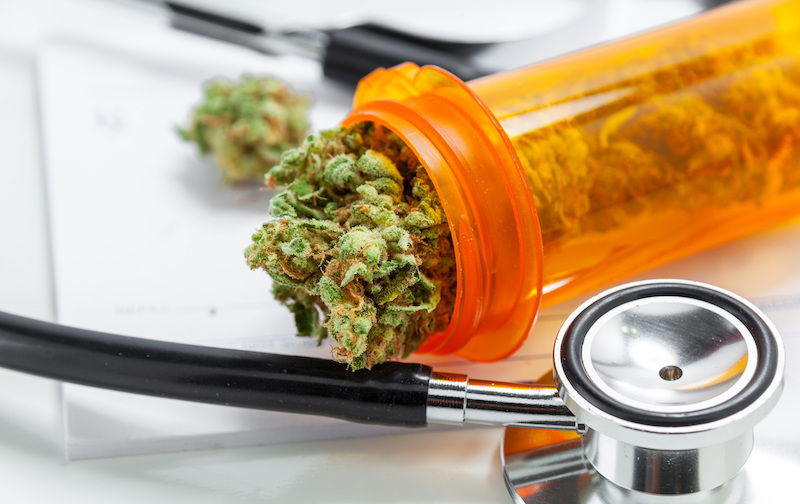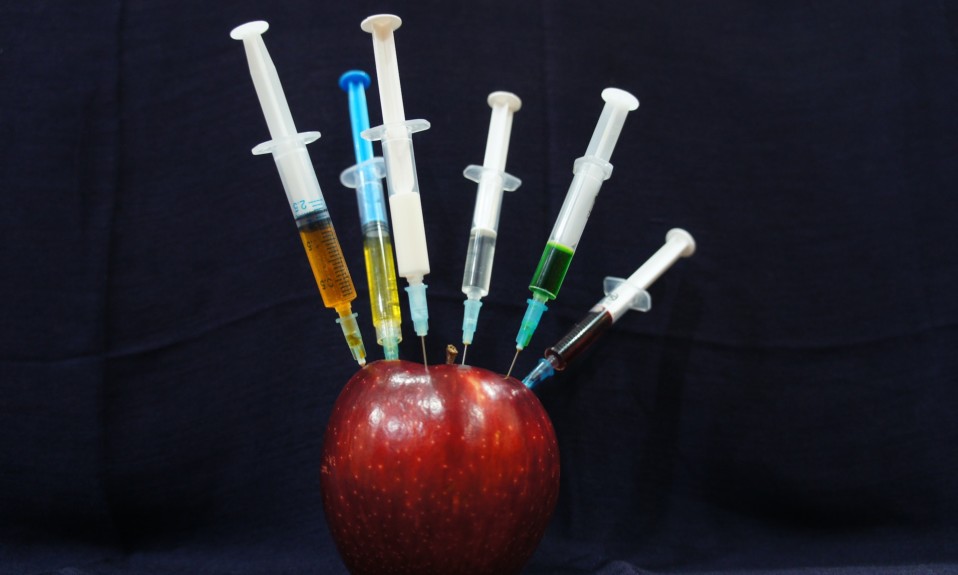Plus: Undercounting opioid-related deaths, and a large-scale survey of medical cannabis users
By Mark Mravic
Research has long recognized stress as a major driver of alcohol and drug use. Less obvious—but perhaps equally significant—is the role stress can play in treatment and recovery. A team of researchers at Marshall University in West Virginia set out to analyze that issue.
Also this week, Chicago researchers discover a significant undercount in hospital opioid deaths, and medical cannabis patients find the therapy to be an effective opioid alternative.
From Alcoholism: Clinical and Experimental Research:
Cortisol Levels as a Marker for Treatment Retention
A recent study out of Marshall University sheds light on how a patient’s stress level at intake could be a predictor of retention in a treatment program—and hopefully lead to treatment plans that more effectively take stress into account.
The Marshall researchers examined a group of patients entering a male-only, abstinence-based residential alcohol and drug recovery program, measuring the participants’ levels of cortisol—the body’s main stress hormone—as they began treatment. The study found a strong correlation between initial cortisol levels and the length of time a patient remained in the program: Subjects who left treatment after less than 90 days had significantly higher initial cortisol levels than those who stayed in the program for longer than 90 days. For those with above-average cortisol levels, the median length of stay was 60 days; those with lower-than-average cortisol remained in the program for a median of 110 days. The researchers also took into account marital or relationship status and adverse childhood experiences as signifiers of stress; those also correlated with risks of discontinuing treatment, though at lower ratios.
“Our hope is that these findings will lead to cortisol as a biomarker that can help clinicians determine which individuals might need a more intensive therapeutic approach.”
—Todd H. Davies, Marshall University
So, how might the results affect recovery? The study’s authors suggest that getting a read on a patient’s physical stress level at the outset of treatment could allow providers to better tailor programs to the individual’s needs and circumstances. Said co-author Todd H. Davies, PhD, “Our hope is that these findings will lead to cortisol as a biomarker that can help clinicians determine which individuals might need a more intensive therapeutic approach.” The Marshall team is now conducting a larger follow-up study with a more diverse subject population, to identify what levels of cortisol are clinically significant and to examine the role of oxytocin, a hormone that modulates fear and anxiety, in treatment retention.
From Epidemiology:
A Significant Undercount of Hospital Opioid Deaths
On a hunch that Centers for Disease Control and Prevention (CDC) data on overdose deaths may be missing certain types of patients, Lee Friedman, PhD, of the University of Illinois Chicago and a team of researchers compared hospital records in Cook County, Ill., with official medical examiner data and found that as the latter undercounted opioid overdose deaths by as much as 15%. The study looked at 4,936 hospital deaths in Cook County from 2016 to 2019 that showed clinical signs of opioid overdose and met the national case definition, and found that at least 633 had not been correctly identified as opioid-related. In addition, only 19.5% of deceased hospital patients who presented with overdose symptoms had their cause of death confirmed by an autopsy, and even when hospital staff flagged a patient as an overdose death, the medical examiner confirmed the diagnosis in just 24% of cases.
“[These patients] don’t fit the profile, the stereotype—actually, the stigma—of someone with an opioid use disorder.”
—Lee Friedman, University of Illinois Chicago
The overdose deaths most likely to be missed, according to the study, were those among patients over 50, those with chronic health conditions (especially malignant cancer), patients admitted to the hospital and those who had hospital stays of longer than three days.
Positing a possible explanation for why such cases are missed, Friedman said, “They don’t fit the profile, the stereotype—actually, the stigma—of someone with an opioid use disorder.” While previous research suggests that fatalities from illicit opioids are undercounted by as much as 20% to 40% nationwide, the study’s authors say their data shows that prescription opioid deaths are also significantly underreported, and that these deaths are likely on top of that 20% to 40% undercount. Friedman also notes that since Cook County, which contains Chicago, has one of the nation’s best-funded and best-staffed medical examiner offices, undercounts in regions with fewer resources may be even more severe.
From T&F Online:
Medical Cannabis as an Opioid Alternative
A study of Floridians who used medically prescribed cannabis for conditions such as chronic pain, anxiety and post-traumatic stress disorder yielded enlightening data on the dynamic between opioids and prescription marijuana in treating a variety of medical conditions. Scientists from Emerald Coast Research and Florida State surveyed 2,183 patients at cannabis dispensaries across the state on their medication usage and perceptions of their own health. Among the results:
- 61% of participants had been taking prescription opioids before starting on medical cannabis, most of them for two years or more
- 79% of participants who had been using opioids reported they had substantially reduced or completely stopped their use
- The number of participants using hydrocodone-acetaminophen and oxycodone-acetaminophen, the most common prescription opioid-based pain medications, fell fivefold after the start of medical cannabis use
- The number of different medications that participants were using also decreased after the initiation of medical cannabis
- 91% of subjects said medical cannabis was very or extremely helpful in addressing their health conditions
- 89% said it was very or extremely important to their quality of life

Researchers caution that the study involved self-selecting subjects and that surveys were completed after the fact, which may reflect bias. Still, they said, the findings were promising.
“If there’s the option to … use a medicine with less harmful side effects [than opioids], including a lower risk of overdose and death, then it should perhaps be considered,” said Carolyn Pritchett, PhD, a neuroscientist and biological psychologist with Emerald Coast. “But more research, including studies that follow patients over time, is needed before substituting opioid painkillers for medical cannabis becomes commonplace.”
Top photo: Ben White














